Stepping through the doors of the National Gallery in Trafalgar Square, I felt a jolt of excitement. I knew I was about to meet some of Europe’s greatest masterpieces face to face.
This gallery, tucked right in the heart of central London, houses over a thousand paintings. Every one of them seems to tell its own story from centuries ago.
Seeing works by Van Gogh and Turner up close made me realize just how much art history sits right in the center of London. I mean, how often do you get to stand inches from something you’ve only seen in textbooks?
Each gallery pulled me deeper into a world shaped by legendary artists. Turner’s landscapes glowed with gold, while Van Gogh’s Sunflowers exploded with bold brushstrokes.
Every corner brought a new surprise. Looking at these paintings in person feels nothing like flipping through a book or scrolling online—the energy is just different, almost electric.
Navigating the galleries felt simple, which is a relief if you’re short on time. My whirlwind visit left me buzzing with inspiration.
I hope my experience nudges you to add the National Gallery to your own London travel plans.
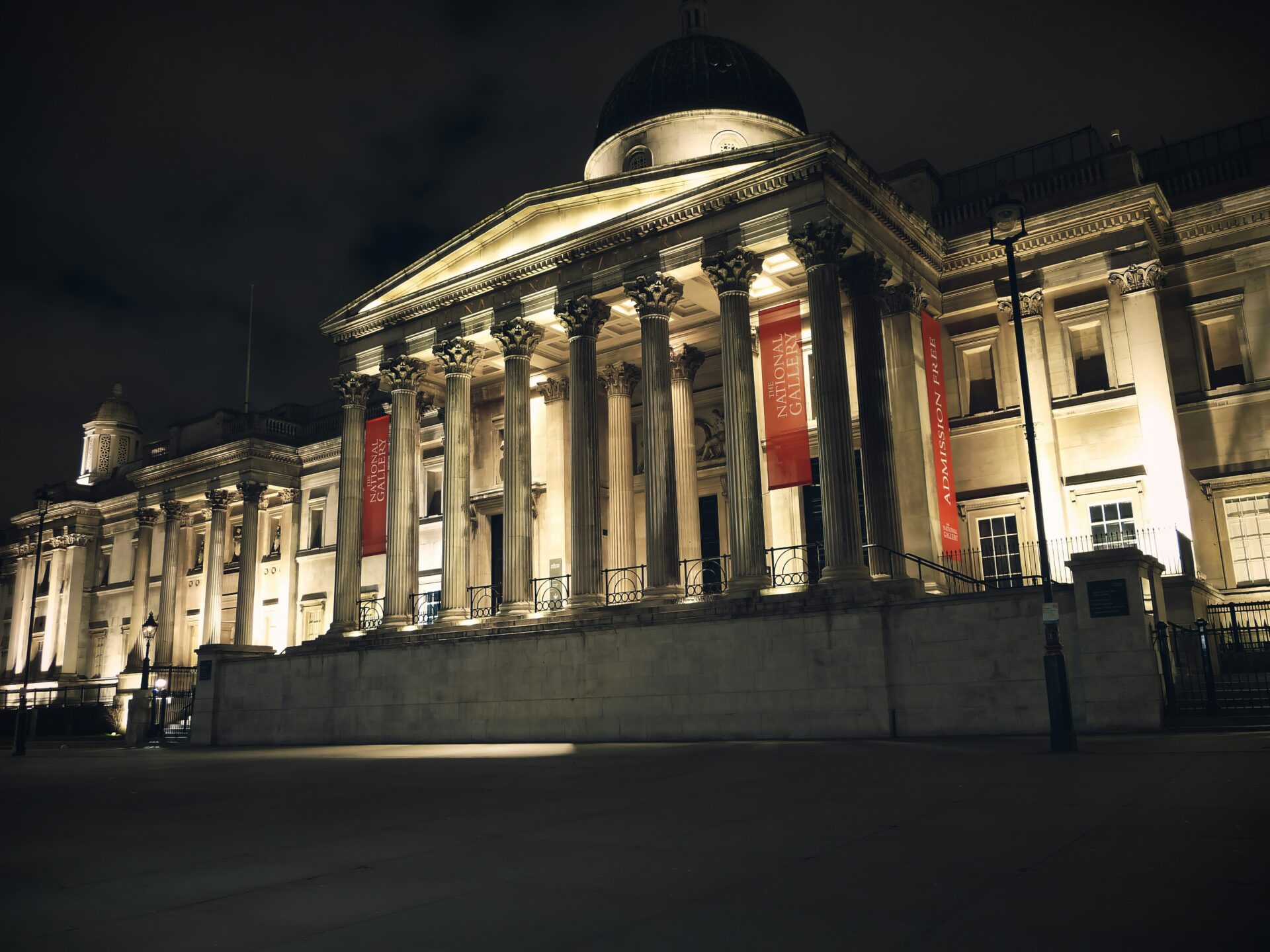
Stepping Into the National Gallery: A Journey Through Art and History
Arriving at the National Gallery in London means stepping into centuries of European masterpieces and world-famous artists. The building itself sets the stage for discovering legendary works and makes it surprisingly easy to plan your visit.
First Impressions in Trafalgar Square
The energy in Trafalgar Square hits me before I even reach the entrance. Musicians, tourists, and street artists gather around the lions and Nelson’s Column.
The National Gallery stands tall, its grand columns framing the steps. From far away, the building looks impressive, but up close it feels surprisingly open and inviting.
On busy holidays, crowds sometimes pack the steps, but the staff keeps things moving. Free entry means anyone can wander inside and see masterpieces by Van Gogh and Turner—no stress, no pressure.
Even before I walk through the door, I sense the history layered into the square. The lively and slightly chaotic atmosphere cranks up my excitement to see the world’s greatest paintings just inside.
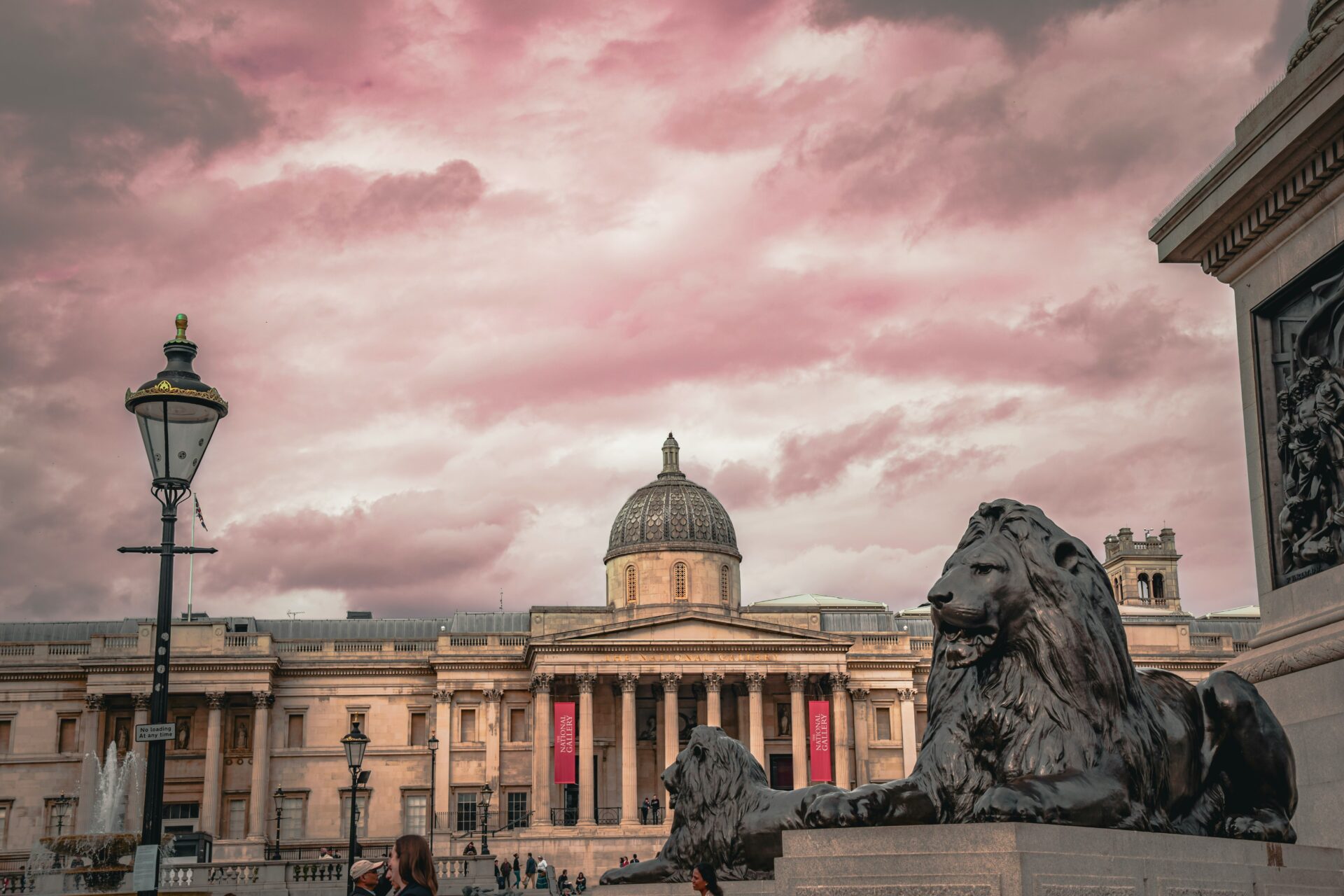
Architectural Marvels and Gallery Layout
Once inside, the high ceilings and elegant arches immediately grabbed my attention. The gallery’s design blends classic and modern, linking the original 1830s building with newer wings like the Sainsbury Wing.
Marble floors echo underfoot as I enter the central hall, sunlight pouring in through giant windows. Each gallery feels thoughtfully themed.
Paintings are grouped by time period and nationality, from Renaissance Italy to Dutch masters and French impressionists. I found it easy to spot key works, like Van Gogh’s Sunflowers or Turner’s moody seascapes, just by following the maps and signs.
Benches wait in every room—perfect for taking a breather or just soaking up a painting. The layout is clear, so even first-time visitors won’t feel lost.
Attendants stand ready to help if you have questions about directions or special exhibitions.
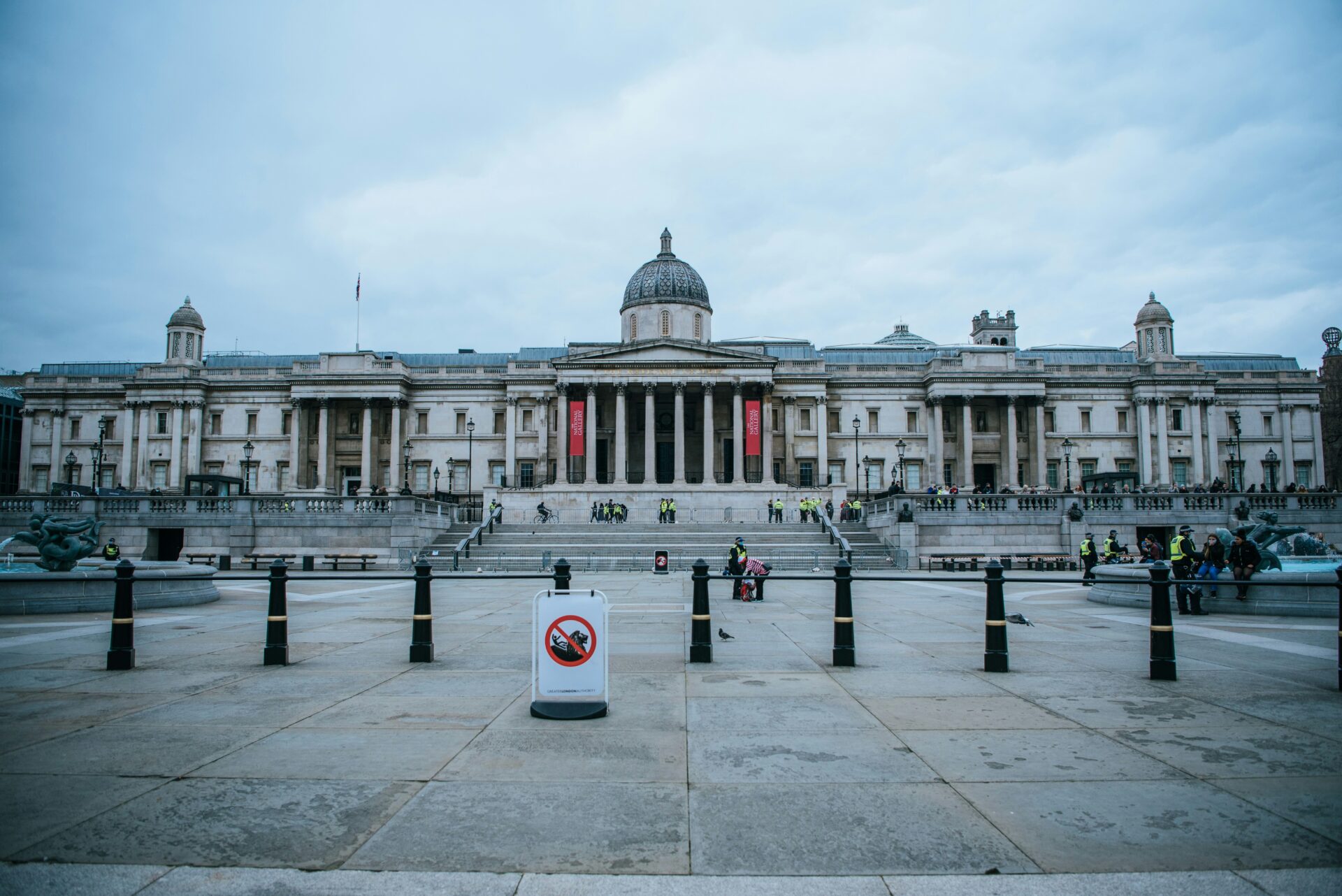
Visitor Tips for Navigating Masterpieces
Want to make the most of your visit? I’d suggest planning for at least 2–3 hours. I grabbed a map from the info desk and circled my must-sees before I arrived.
For popular paintings like Van Gogh’s Sunflowers, it’s smart to go early or late in the afternoon to dodge the crowds, especially on weekends or holidays.
Free guided tours run several times a day. They add stories and context you’d never pick up on your own.
Lockers near the entrance let me stash my bag—walking around felt so much easier afterward. With over a thousand works on display, I kept my focus on just a few galleries to avoid feeling overwhelmed.
If you get hungry, the cafés inside serve up quick bites and coffee with a view of Trafalgar Square. Signing up for updates or special events turned out to be helpful too, since some exhibitions (like the Van Gogh show) might need timed entry or have extra tips for making things smoother.
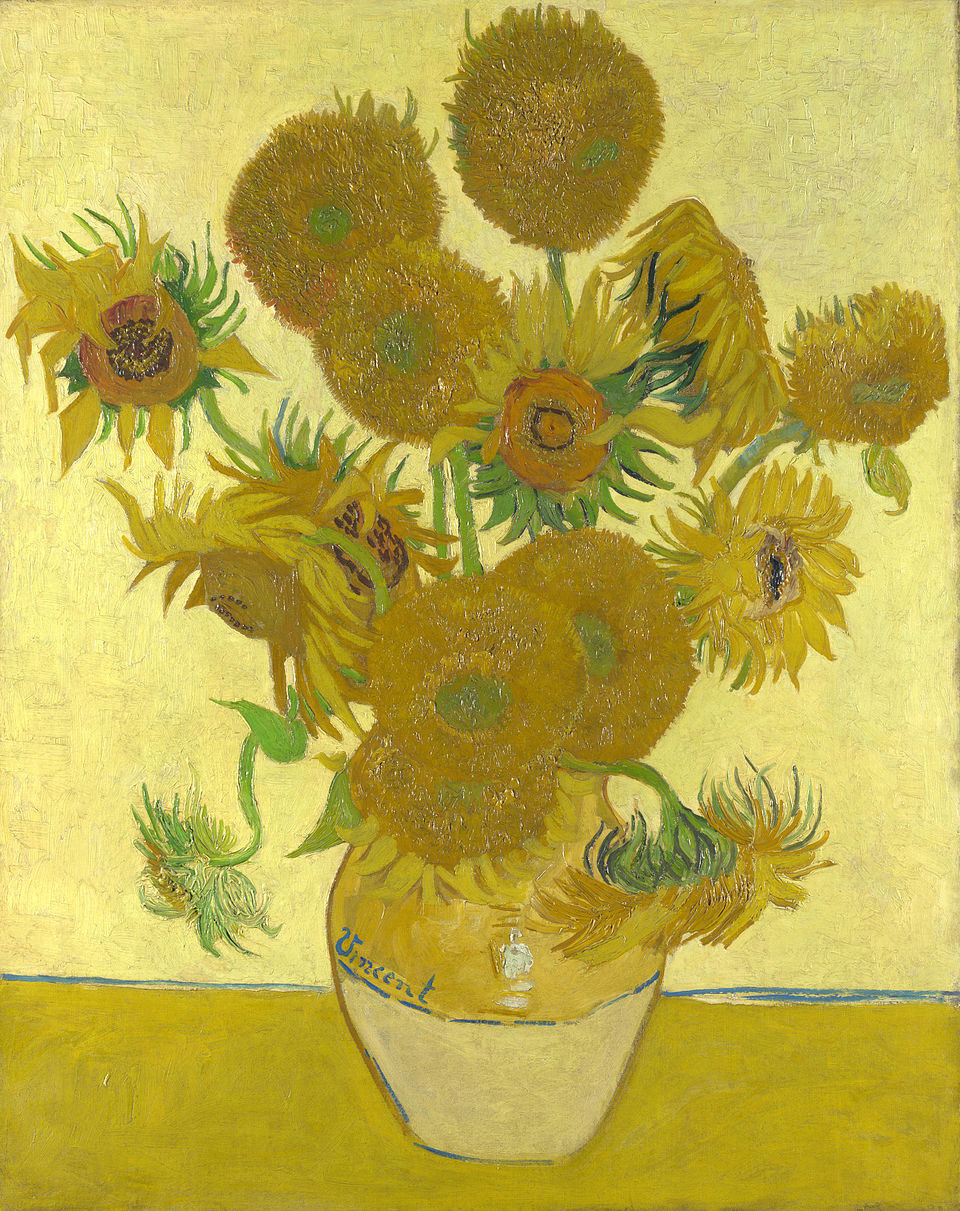
Van Gogh at the National Gallery: Sunflowers, Stars, and Awakening
Van Gogh’s paintings hit me with their raw energy. Color, light, emotion—they all seem to collide on his canvases.
From the sun-soaked petals of his famous sunflowers to the swirling drama of his starry skies, each piece offers its own story. I can’t help but wonder what he was thinking as he painted them.
Encountering Vincent van Gogh’s Sunflowers
Standing right in front of Vincent van Gogh’s “Sunflowers” (NG3863), the painting’s energy felt almost physical. The thick brushstrokes looked like they could leap off the canvas.
Each petal seemed to have its own wild movement. This wasn’t just a still life—it was a celebration of light and shadow.
The yellows and golds looked even bolder up close. Some flowers stood tall and bright, others drooped, hinting at the cycle of life.
Van Gogh, according to his letters, painted these in 1888 in Arles as a symbol of friendship and love for his fellow artists. Seeing the original right there, I finally understood why “Sunflowers” draws so many visitors.
People of all ages stopped to look, drawn in by the warmth and vitality that just radiates from the canvas.

The Magic of Van Gogh’s Stars and Movement
Van Gogh’s way of painting movement, especially in his night scenes, always gets me. Those famous swirling skies—even if not all of them are here in London—hint at his fascination with stars, light, and life’s restless energy.
His brushwork turns simple lines into waves and twirls. The skies almost pulse and move, as if the stars themselves are dancing.
He used bold color and dynamic lines to show his world as never still, always shifting. Walking past his works, I noticed visitors pausing, tracing the blue and yellow lines with their eyes.
Even without “Starry Night,” van Gogh’s style fills the room with a kind of electric charge—like something’s about to happen.
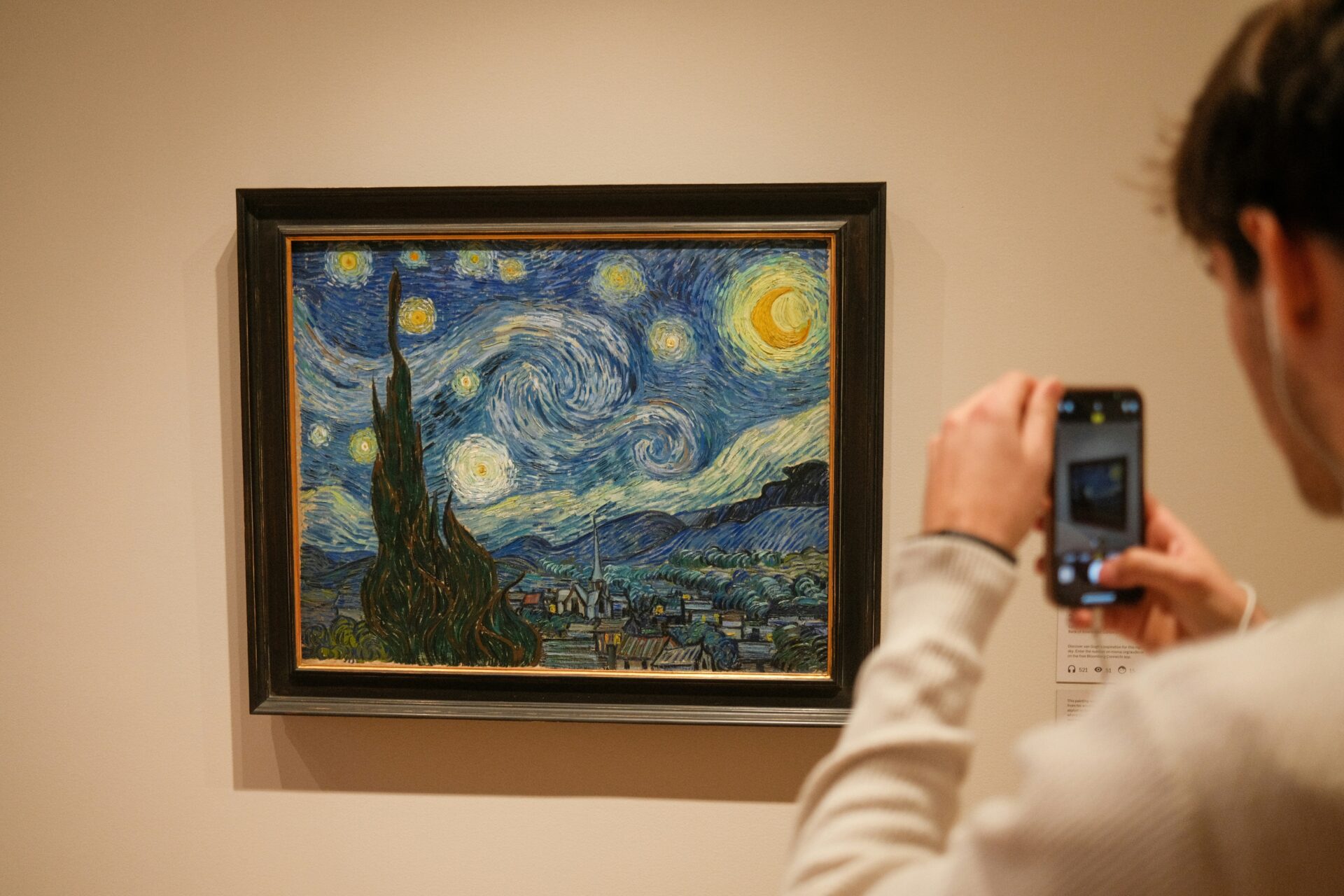
Uncovering Secrets and Allusions in Van Gogh’s Work
Van Gogh’s paintings hide more than just beauty. I spotted layers of secrets and allusion when I looked closer.
His sunflowers—some blooming, others fading—suggest the fleeting nature of life and the changing seasons. Small details, like a fallen petal or a slightly crooked vase, might slip by at first glance.
But these choices invite us to think about change, hope, and renewal. Letters to his brother Theo reveal he meant these flowers as a message of gratitude and friendship.
I spent a few extra moments peering at the shadows and highlights, wondering what thoughts or dreams van Gogh tucked into his art. These hidden meanings make his paintings feel personal, like he left clues for each visitor to discover something new.

Turner’s Light and the Power of Nature
As I wandered the halls of the National Gallery, Turner’s landscapes and sea paintings stopped me in my tracks. The canvases shimmered and glowed, capturing the drama of British history and the wild dance of light on water.
The Fighting Temeraire: Britain on Canvas
“The Fighting Temeraire” stands as a powerful piece of British art. This painting shows a grand warship, once a hero at Trafalgar, being towed away for scrap by a modern steam tug.
Turner fills the sky with golden light, making the ship’s last journey feel noble and a little sad.
Standing before it, I felt swept into Britain’s past. The sunset almost blazes like fire, marking the end of an era.
Turner used both light and shadow to honor the ship’s service while hinting at a world in flux. The ship almost glows, while the tugboat lurks in silhouette—a quiet farewell to the age of sail.
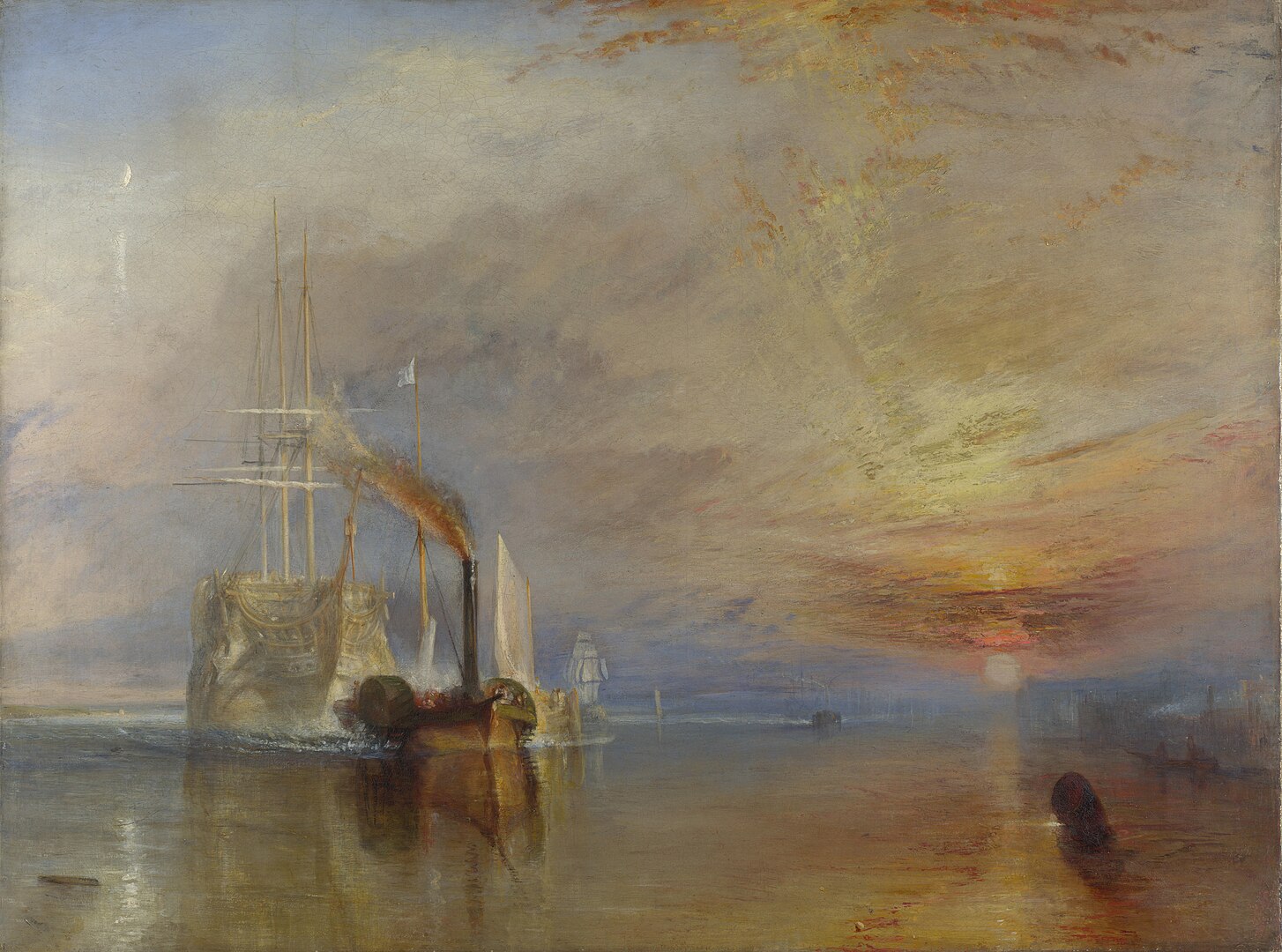
Exploring Turner’s Play of Light and Ocean Scenes
Turner’s ocean paintings pulse with life. He painted swirling seas, crashing waves, and misty skies.
He blended colors quickly, letting them bleed together like sea fog. The water looks wild, with sunlight bursting through dark clouds.
I found it amazing how he made water and sky nearly merge. In works like “Van Tromp, going about to please his Masters, Ships a Sea, getting…,” I could almost feel the wind and taste the salt air.
His brushstrokes suggest movement, the thrill and danger of being at sea. Turner loved showing how tiny humans look against nature’s massive power.
Boats shrink under stormy skies, and light steals the show—shaping every mood and moment.
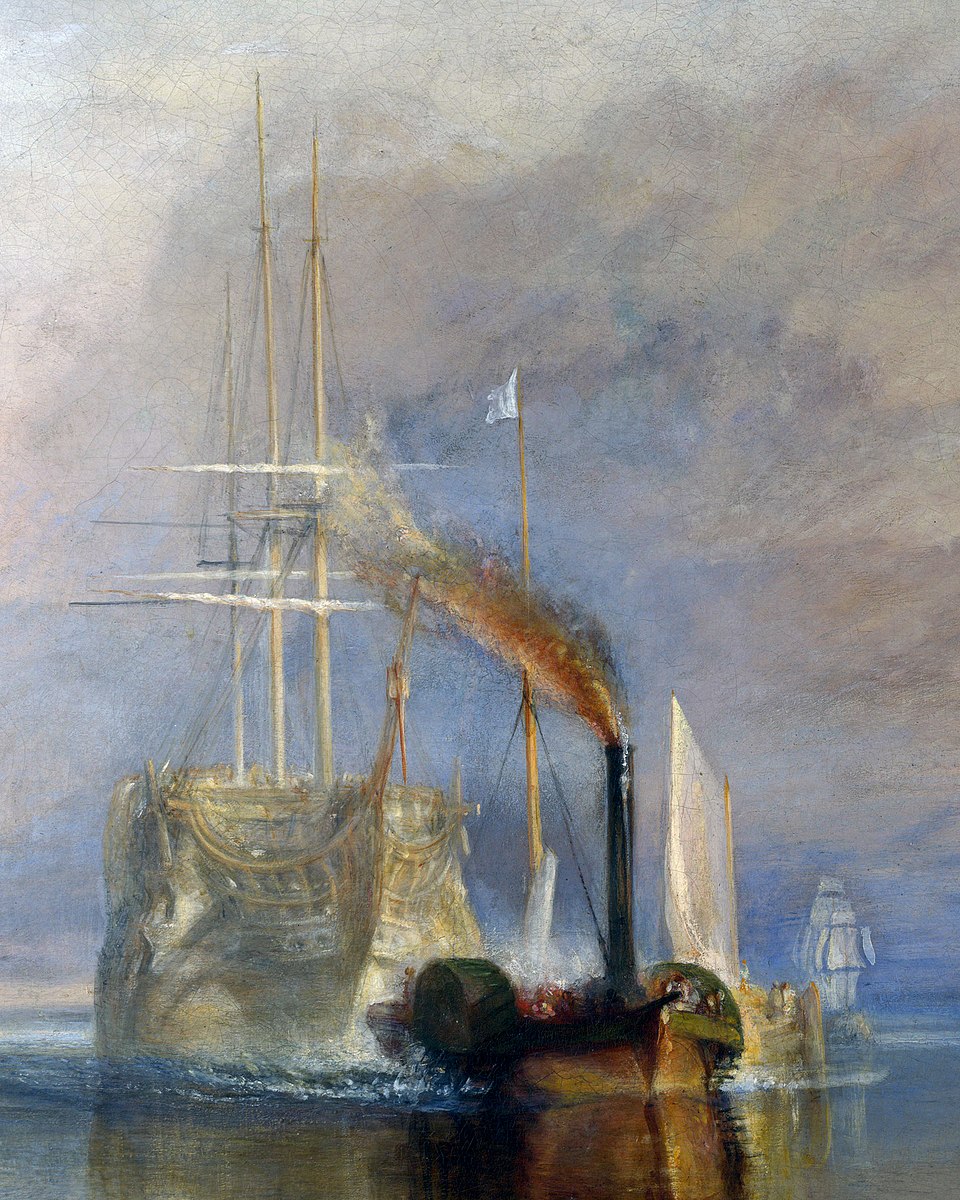
Turner’s Influence on Modern Masterpieces
Looking at Turner’s art up close, I can see how he inspired future artists. Impressionists and even some modern painters borrowed his bold experiments with light.
He often left parts of his paintings loose and sketchy, which feels surprisingly modern. In the National Gallery, I noticed how Monet, for example, learned from Turner’s glowing colors and shimmering reflections.
Turner broke the rules, painting sunsets, storms, or fog in ways that seem more real than photos. His legacy still echoes in how artists today use color, motion, and atmosphere.
For travelers and art lovers, his work isn’t just a slice of Britain’s story—it’s a bridge to everything that came after.

Highlights From Centuries of European Art: Masters and Movements
From the dazzle of Renaissance Italy to the shimmer of Impressionist France, each gallery at the National Gallery opens a new chapter in European art.
I felt like I was traveling through time with every room. Bold works by famous painters surrounded me, showing how ideas about beauty, status, and art itself kept changing.
Da Vinci, Michelangelo, and the Italian Renaissance
The Italian Renaissance rooms made me feel like I’d landed in Florence or Rome. Leonardo da Vinci’s paintings stood out with their careful detail and mysterious faces.
His skill with light and shade gives each portrait a spark of life. Virgin of the Rocks practically glowed on the wall.
Nearby, I lingered over Michelangelo and Raphael’s masterpieces. These artists obsessed over both beauty and meaning.
Their use of perspective, color, and anatomy taught generations how to show stories and emotions through paint. The Renaissance wasn’t just about pretty pictures—it was about changing how people saw the world.
I learned that many paintings once hung in churches or palaces, meant to show off wealth, piety, and power. Now, standing just a few feet away, it felt personal—like these masterpieces were waiting for any curious traveler to stop by.

Rembrandt, Vermeer, and Dutch Genius
The mood changed as I entered the Dutch galleries. Rembrandt’s thick paint layers caught the light in a way that made faces and hands almost glow.
His portraits aren’t just about appearances—they show real feelings. I loved how he painted both rich nobles and ordinary people with equal care.
Not far away, Johannes Vermeer’s scenes offer quiet glimpses into Dutch life. A Young Woman Standing at a Virginal drew me in with its soft light and gentle colors.
These paintings show simple moments but turn them into something magical. Rembrandt and Vermeer, each in their own way, made art about real life.
Their work marked a time when art moved beyond kings and queens. Anyone standing in front of their paintings could feel the connection.
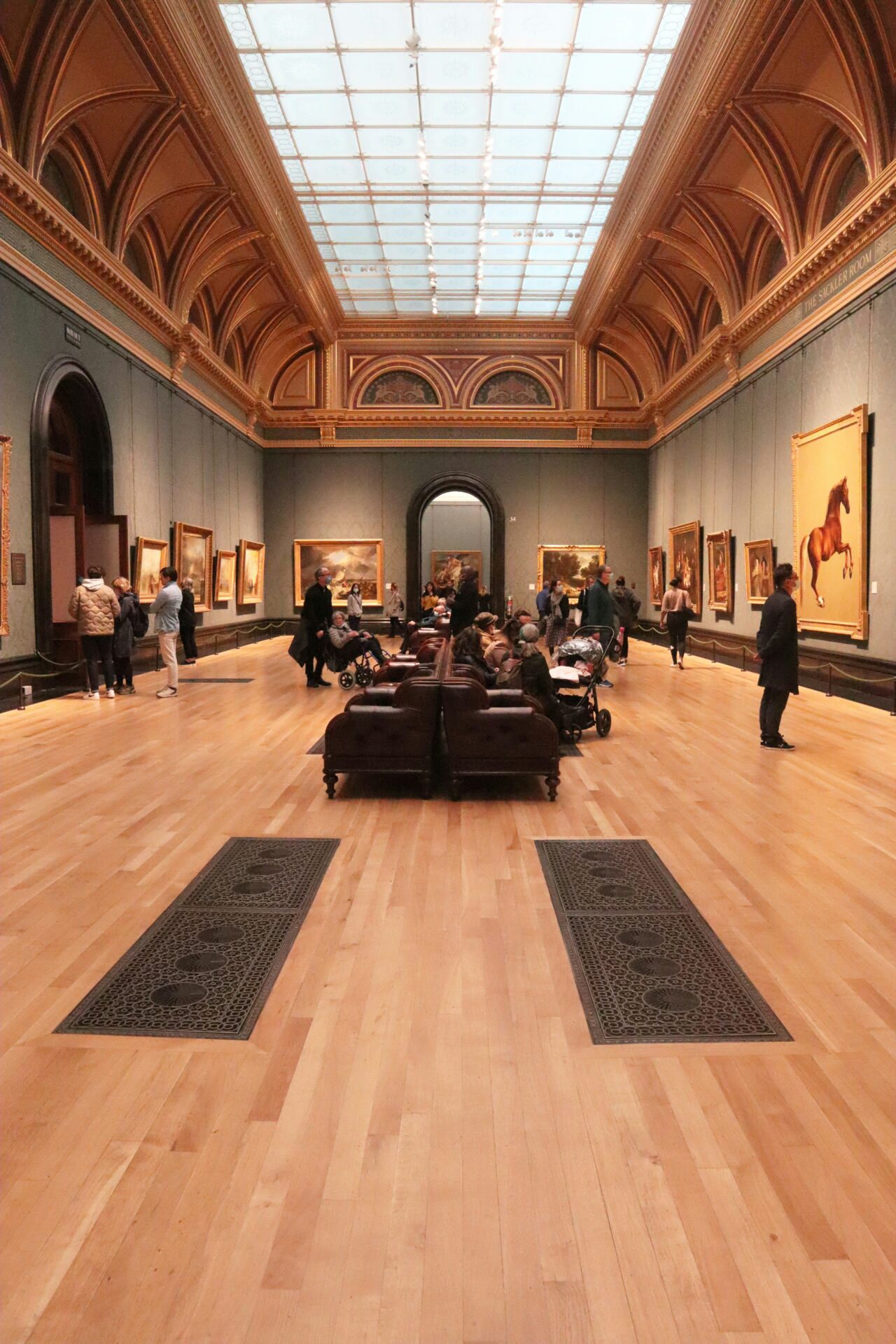
French Impressionists: Monet, Seurat, and Beyond
Walking into the Impressionist section felt like catching the first light of day. Claude Monet’s works explode with color and those loose, lively brushstrokes. Up close, I just saw dabs and swirls everywhere.
But when I stepped back, the whole scene came together—gardens, ponds, sometimes a busy Paris street. Monet’s water lilies especially pulled me in with their peaceful beauty.
The National Gallery also displays Georges Seurat’s pointillist painting, made entirely from tiny, colorful dots. As I stood there, I finally got why this style shocked people back then.
If you want to see how light, weather, and daily life inspired totally new kinds of art, you’ve got to check out this section. I left seeing everything with softer edges and brighter colors. If you’re into art that breaks the rules, don’t skip the Impressionists.
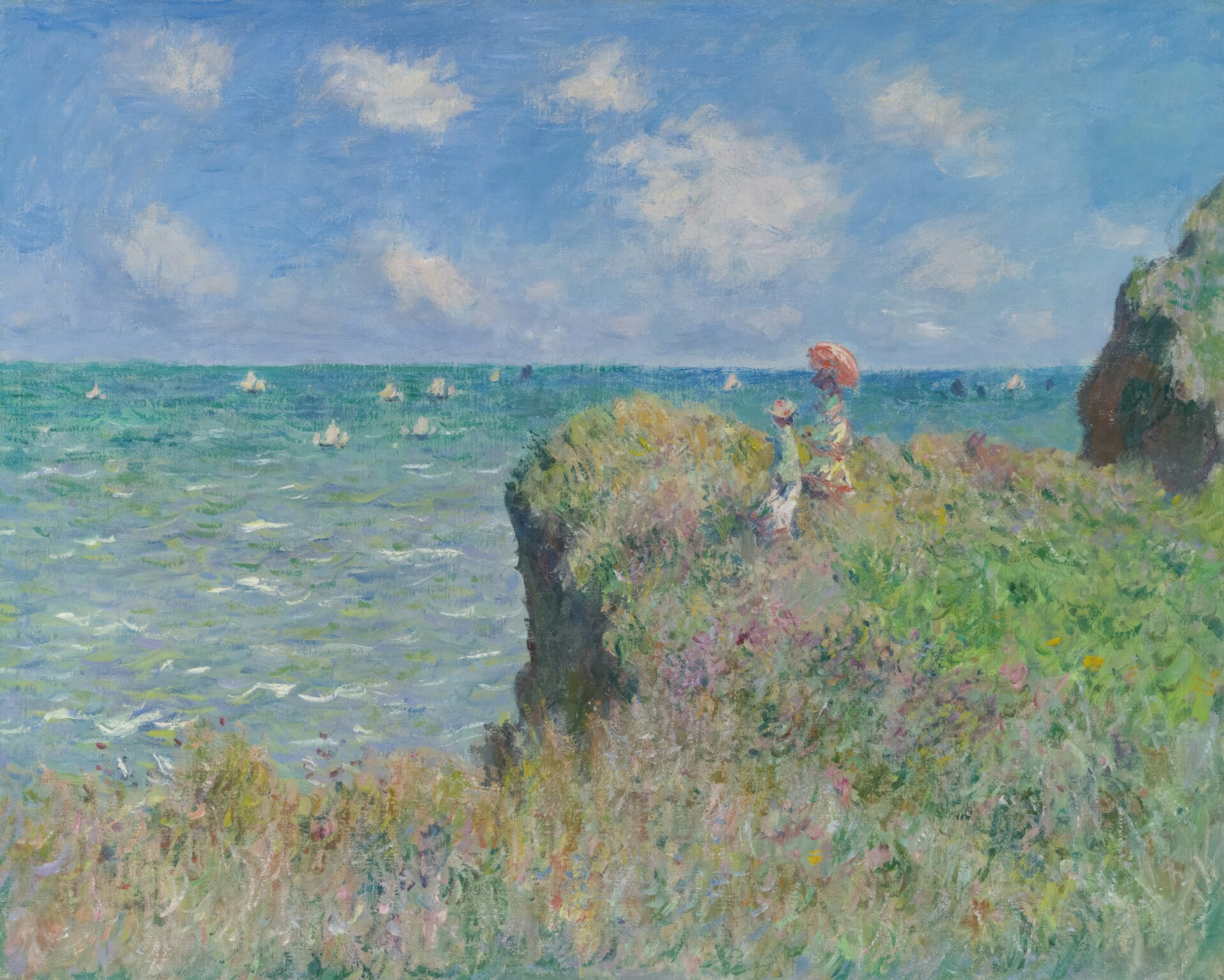
Portrayals of Nobility: Titian, Gainsborough, and Sir Joshua Reynolds
The portraits by Titian, Gainsborough, and Sir Joshua Reynolds really spoke about status and power. In Titian’s paintings, Venetian dukes and noble ladies show off their wealth and importance right on their faces.
His rich reds and golds turn the past into something grand and ceremonial. Thomas Gainsborough and Sir Joshua Reynolds both brought British nobility to life in their own ways.
Gainsborough’s delicate brushwork and dreamy landscapes set the mood behind his sitters. Reynolds, who led the Royal Academy, raised the bar for British portraiture.
He packed his paintings with symbols—silk, medals, those gentle smiles that hint at sharp minds.
Here’s a quick table that sums up what makes these artists matter:
| Artist | Famous For | Notable Painting |
|---|---|---|
| Titian | Rich colors, Venetian nobility | Portrait of a Man |
| Thomas Gainsborough | Elegant British portraits, scenery | The Blue Boy |
| Sir Joshua Reynolds | Symbolism, status, grand style | Miss Bowles |
Standing in front of these portraits, I could almost feel the history and ambition in every brushstroke. This is where art and the stories of kings, queens, and dreamers collide.
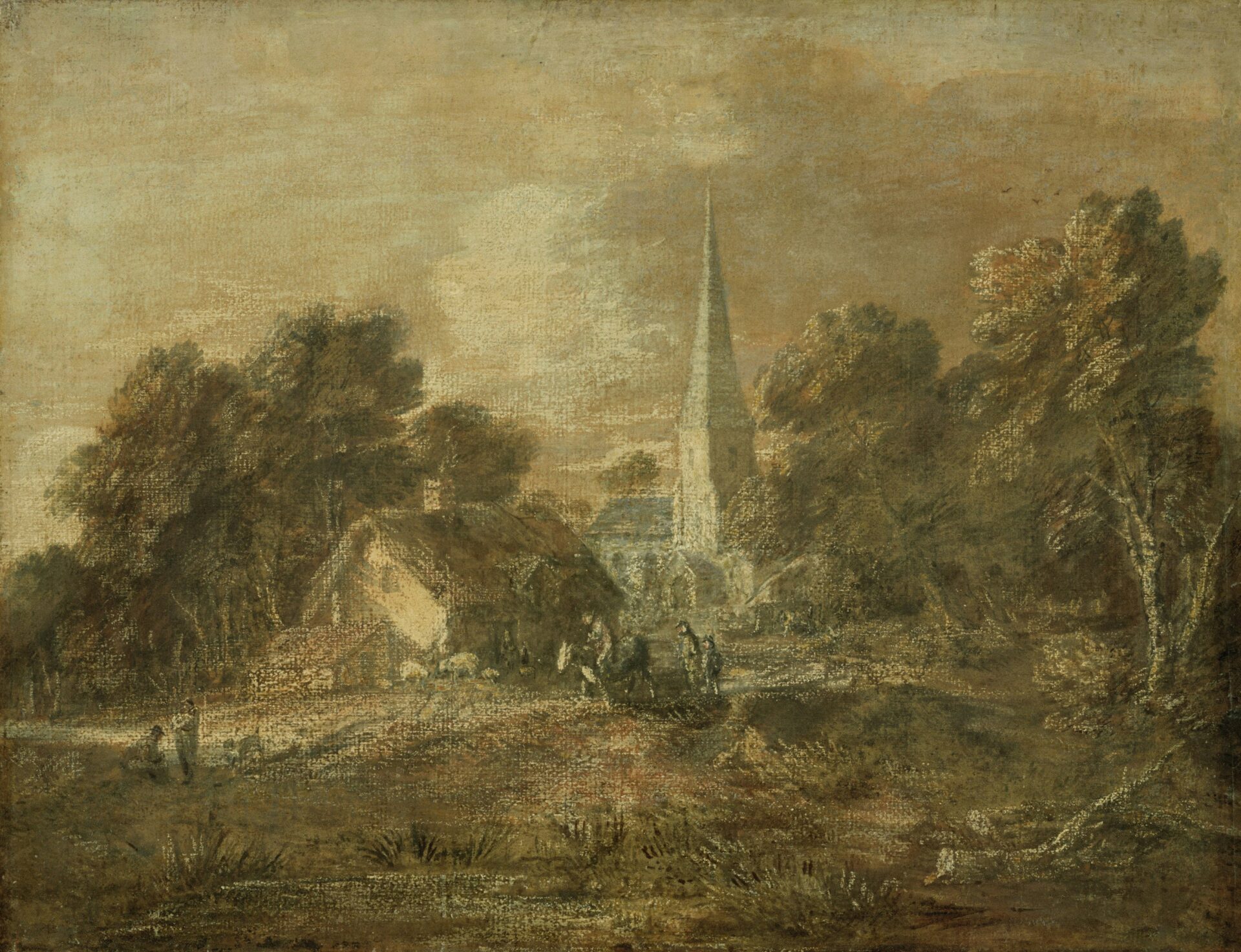
Modern Masterpieces and the Changing Face of Art
As I wandered into the later rooms, the National Gallery suddenly felt unfamiliar and thrilling. Bold colors and wild forms challenged everything I thought I knew about art.
Francis Bacon and the New Wave of Expression
When I stood in front of a Francis Bacon painting, the intensity hit me right away. Bacon’s twisted faces, wild brushwork, and deep shadows make his work impossible to forget.
He wrestled with heavy emotions, and you can feel it. There’s a rawness here that’s tough to find elsewhere in the gallery.
Bacon isn’t the only one who shook things up. The gallery places his work next to other modern masters who also broke the rules.
Instead of perfect beauty or clear stories, these artists focus on feelings, tension, and inner struggles. I found myself lingering, lost in the shapes and colors, wondering what the artist wanted me to feel.
Here’s a tip: take a step back and look at the whole scene. With Bacon and other modern works, standing too close can feel overwhelming. Find a bench, sit, and let it all sink in.

From Pop Art to Minimalism: Contemporary Movements in Focus
Turning a corner, I suddenly ran into bold, graphic Pop Art—bright colors, familiar images from daily life. Pop Art, with artists like Andy Warhol and Roy Lichtenstein (their works rotate in and out), uses simple shapes and catchy visuals to turn pop culture on its head.
A few rooms later, the vibe shifts to Minimalism. Here, less really is more. These artists strip away the extras, just lines, shapes, and blocks of color.
I noticed how a single stripe or plain canvas suddenly felt powerful, especially after walking through centuries of art history.
This part of the gallery made me pause. Art never stops changing, does it? New voices and styles keep showing us new ways to see the world.
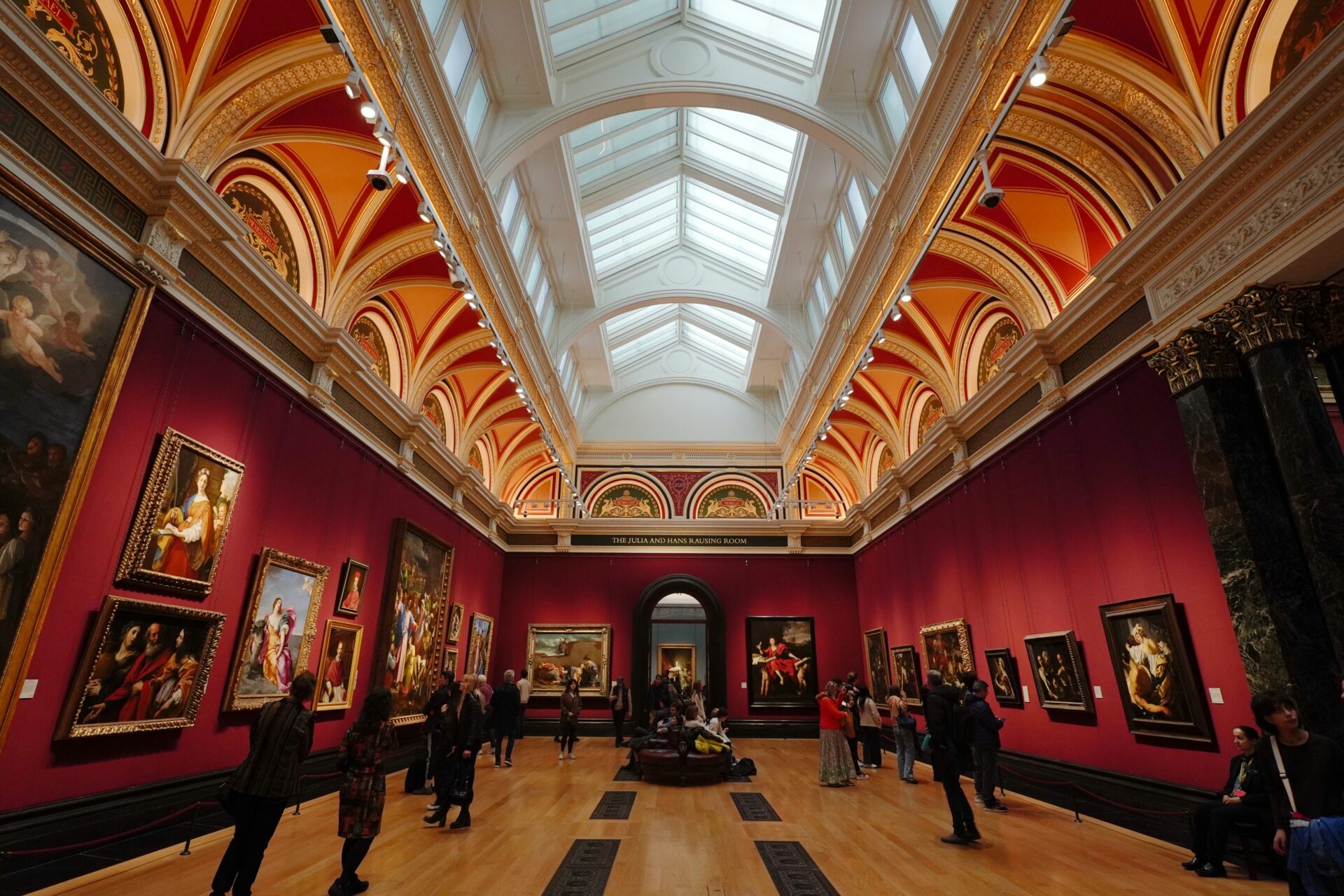
Unexpected Gems: Calder, Cy Twombly, and Abstract Expressionism
I almost missed a mobile, not realizing it was Alexander Calder’s work. His colorful, delicate metal sculptures gently move with the air.
Seeing them in person, I caught a sense of playfulness and surprise that photos just can’t deliver. Right next to Calder, I found Cy Twombly’s massive, scribbly paintings.
The wild lines and layered colors drew me in. Some folks only see messy marks, but I found stories and emotion in every loop and swirl.
Abstract Expressionism pulls it all together. These paintings don’t try to look like real things—they let colors and brushstrokes lead. If you visit, try standing at different angles; the textures and shapes seem to shift as you move.
| Artist | Notable Style | What to Look For |
|---|---|---|
| Francis Bacon | Expressionism | Distorted faces, strong emotion |
| Calder | Kinetic Sculpture | Moving mobiles, bold color |
| Cy Twombly | Abstract Expressionism | Scribbled marks, bold gestures |
| Minimalists | Minimalism | Simplicity, geometric shapes |
| Pop Artists | Pop Art | Everyday images, bright color |

Personal Reflections and Practical Advice for Art Lovers
No trip to the National Gallery felt complete without some quiet moments of reflection. Being surrounded by masterpieces brought a special kind of awakening—one that sneaks up and turns visitors into lifelong art lovers.
Finding Patience and Understanding in the Gallery
Patience really matters here. Crowds always gather around Van Gogh’s Sunflowers or Turner’s glowing seascapes.
I found it best to pause and let the first wave of people move on. Giving myself more time with each painting made everything richer.
It’s tempting to rush, but real understanding comes from lingering. I often saw people get so absorbed in one piece that they missed entire sections.
Instead of hurrying, I sat on benches and just watched, catching details most visitors skipped. Art reveals more when you let it breathe.
A friend once said visiting a gallery is like going to an auction at Sotheby’s. Each piece waits for someone to truly see it. With a little patience, the gallery turned into a place of discovery, not just a checklist.
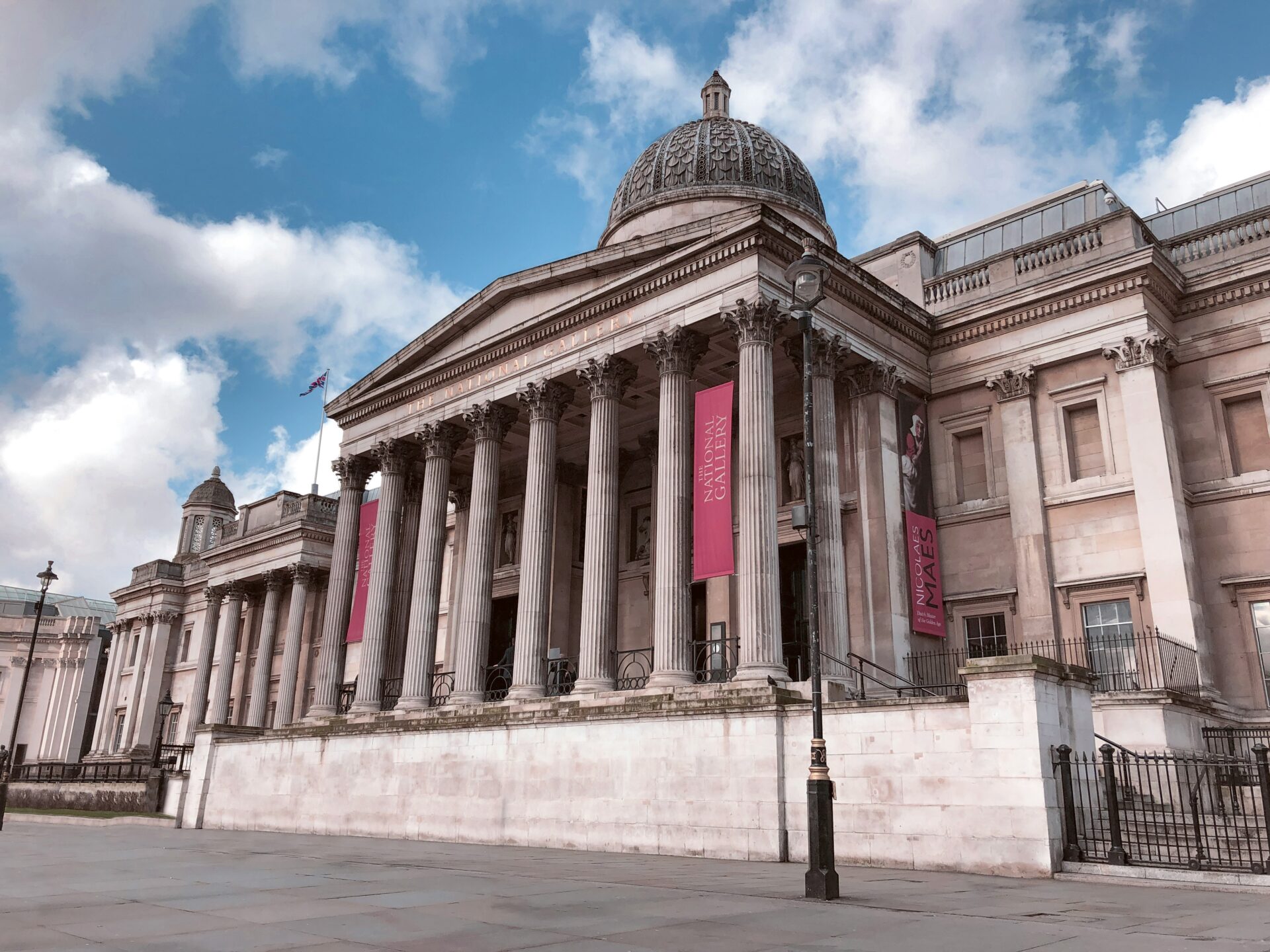
Memorable Encounters and Favorite Pieces
Seeing Van Gogh’s brushstrokes up close felt like witnessing a private awakening. The way he captured simple beauty moved me—like hope and love poured out in every color.
Turner’s works felt like the sky itself was throwing a party—the sea and sunlight tied together like newlyweds.
It wasn’t just the famous names that caught my eye. I found lesser-known pieces that quietly cleared my mind and opened my eyes.
Sometimes, a quiet landscape or portrait stuck with me longer than any headline masterpiece. I kept a small journal to jot down favorites as I found them.
Here’s a simple way to keep track:
| Painting | Artist | Why It Stood Out |
|---|---|---|
| Sunflowers | Van Gogh | Vibrant colors, emotional depth |
| Rain, Steam and Speed | Turner | Movement and dazzling light |
| Portrait of a Lady | Unknown | Expressive eyes, honest moment |
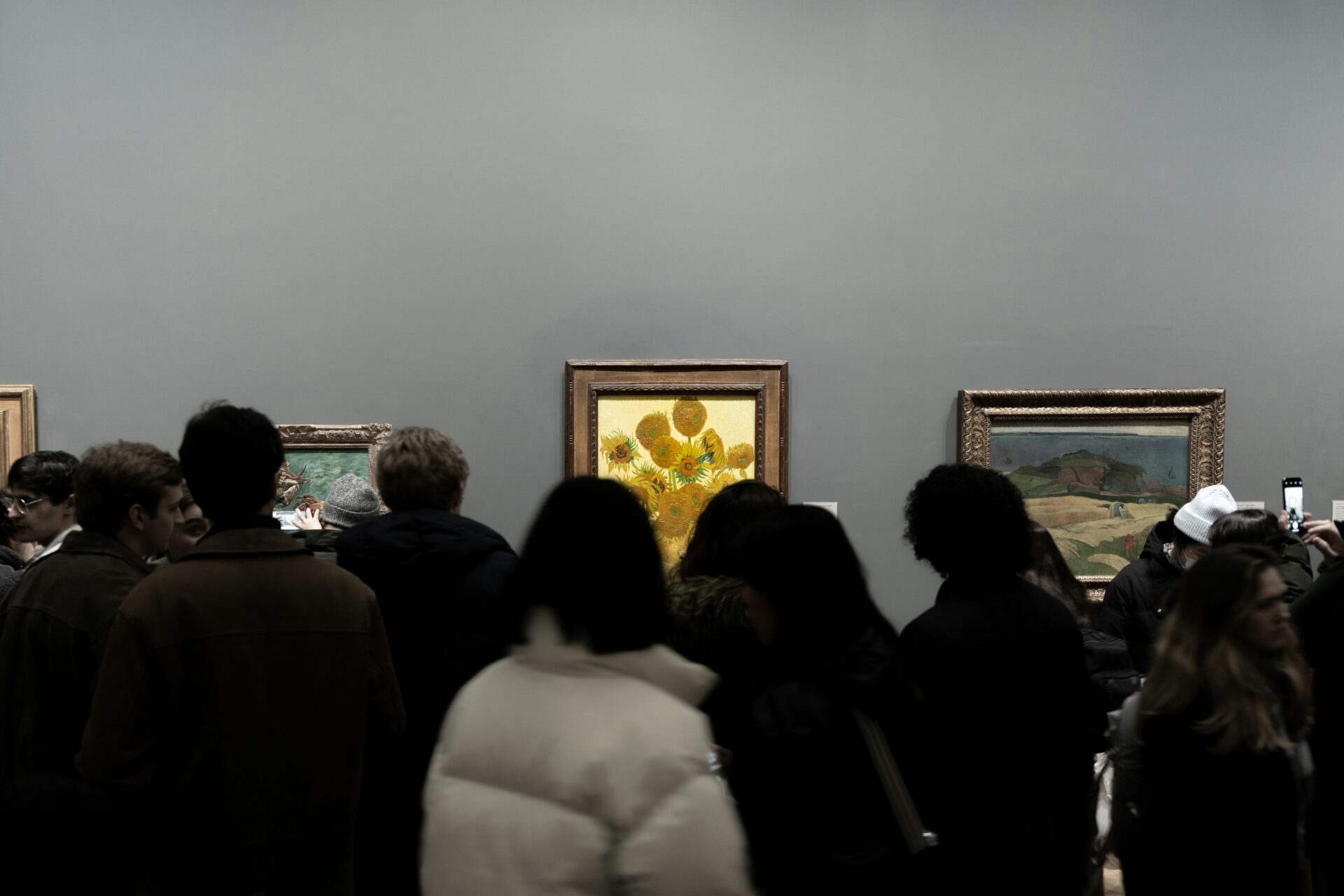
Tips for Making Your Gallery Experience Extraordinary
- Arrive early or swing by on a weekday if you want to dodge the bigger crowds, especially near those famous Van Gogh pieces.
- Bring a notebook and scribble down whatever catches your eye or makes you think. You might find that helps you connect to the art in a way you didn’t expect.
- Take breaks. Seriously, galleries can get overwhelming fast. Grab a seat and give yourself time to just breathe.
- Read the labels and guides if you want, but don’t let them drown out your own reactions. Trust what you feel.
- Don’t try to see everything in one day. Pick a few rooms or artists that actually spark your curiosity.
- Think about joining a tour or catching a talk. You’ll probably pick up a few cool insights, and you won’t feel like you’re hurrying through.
- Let the art clear your mind. Maybe keep your phone tucked away, just so you can actually be present for what’s in front of you.
You never know—sometimes a painting just clicks, like it’s been waiting for you all along. Give yourself permission to slow down and let the gallery surprise you.

